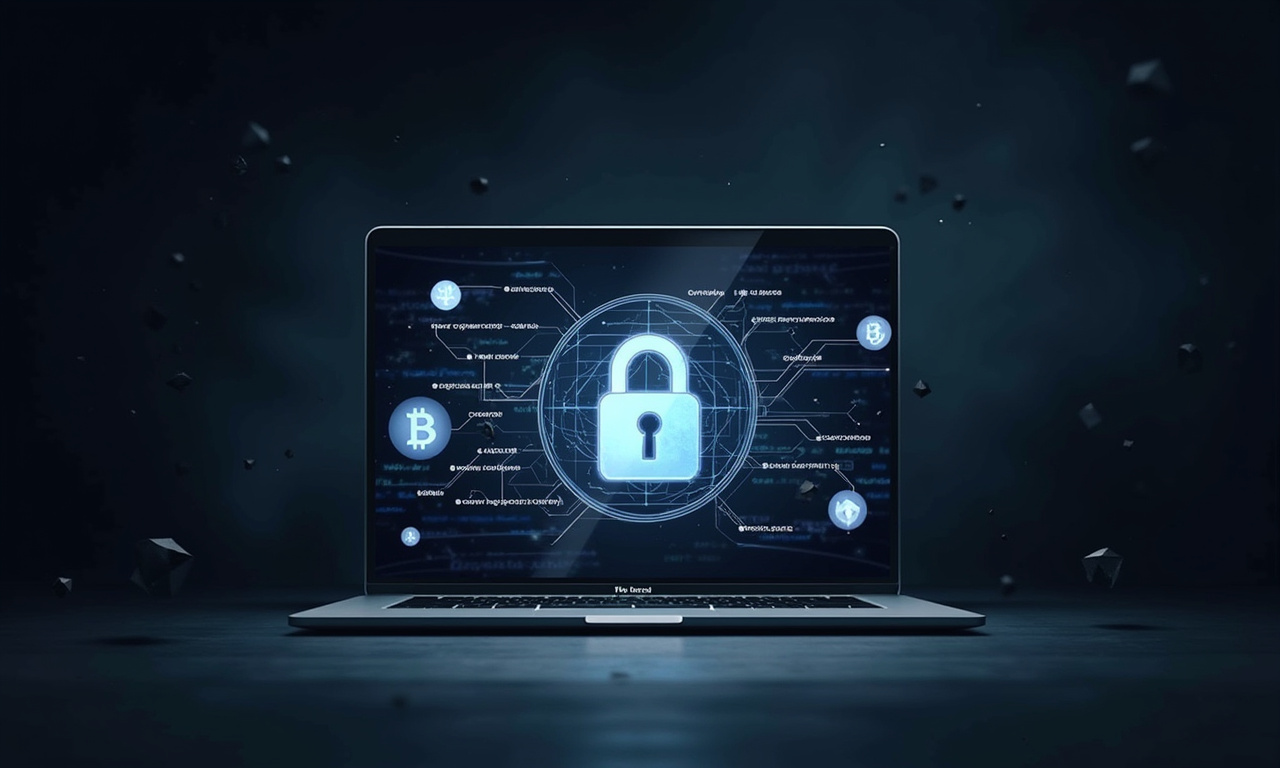Pi Coin's Reality Check Time for Pragmatism or Just Another Altcoin?

Let's cut to the chase. You may know a thing or two about Pi Coin, if not mined it yourself on your mobile. The promise was simple: free crypto, future riches. But is it living up to its promise, or are we just pursuing digital will-o-the-wisps. As someone who's seen countless altcoins rise and spectacularly crash, I can't help but look at Pi with a healthy dose of skepticism.
Locked Tokens a Golden Cage?
The proverbial elephant in the room is their locked tokens. Though the Mainnet officially launched in February, a massive majority of Pi is still unavailable to its users. It’s as if you were promised a gold mine, only to realize after the fact that you were only allowed to gaze at the gold.
Now, sure, the Pi Core Team promises they’ll give you back your originally staked amount. But what's the point of a cryptocurrency if you can't actually use it? Which is a little like those ancient savings bonds my grandparents would gift me. While they sounded great in theory, once I wanted to spend the money, they were completely useless.
This locked token scheme does lead to a misleading sense of worth. It's like inflating a balloon – it looks big, but there's nothing substantial inside. Every bit of that talent is stashed under a padlock. At the same time, the market cap is a whopping $3.7 billion, with an inflated price of $0.4838. Is that valuation based on reality, or merely on wishful thinking?
Utility Scarce, Price Prediction High
After all, the real test of any cryptocurrency is its utility. Can you really use it to make purchases, access services, or engage in a vibrant marketplace? At this moment with Pi Coin, the answer is mainly “no.” No utility, no future. Limited utility is a death sentence for any digital asset.
The Pi Network claims a whopping 60 million active users. That's impressive, no doubt. What is the point of having a massive user base if they don’t use the coin for anything substantial? It’s akin to playing to a stadium full of fans who won’t purchase a single ticket, however enjoyable the game.
Then along come future price projections, such as Changelly’s $5 projection by 2026. Five dollars? Based on what? Widespread adoption and regulatory approval, they say. That’s exactly the kind of wishful thinking that underlies every destined-to-fail altcoin. It’s kind of the same as saying you’ll be a millionaire a year from now. Well, that relies on the odds of winning the lottery and finding a pot of gold at the end of a rainbow! Possible, sure. Probable? Absolutely not.
Here's a comparison to other altcoins that have faced similar struggles:
| Altcoin | Challenge | Outcome |
|---|---|---|
| Bitconnect | Ponzi scheme, lack of real utility | Collapsed, investors lost everything |
| Dogecoin | Initially a meme coin, limited use cases | Highly volatile, price driven by hype |
| Shiba Inu | Meme coin, reliant on community support | Highly volatile, price driven by hype |
Let’s agree that Pi Coin will have to show real-world utility if it really expects to justify its existence. Otherwise, it runs the very real risk of joining the ever-growing list of the crypto graveyard’s cautionary tales.
Staking Rewards Empty Promises?
The staking system built into the Pi Network is a further cause of confusion and aggravation. The Pi Core Team recently emphasized through a post on the ecosystem directory that staking does give apps a rank. It doesn’t deliver any dividends to users. So, you’re really just serving up your Pi for the benefit of their apps gaining exposure, without receiving anything real in return.
Now enter the “unexpected connection.” Like those “volunteer” internships that guarantee you tons of invaluable experience in exchange for making you broke and exploited. You’re taking your Pi from the maker world into making a difference. In exchange, you receive little or nothing in direct response.
Is Pi Coin a scam? That’s something I’m not going to trumpet from the rooftops. The lack of liquidity, the limited utility, and the convoluted staking process are major red flags. The 3.5% price drop over the past 24 hours and the $91 million trading volume are warning signs.
Pi Coin might just be the next big thing. It would make mobile mining possible and truly decentralized digital currency dream come true. It might just be another altcoin that will disappear into the ether. Only time will tell. Until then, tread lightly, keep your expectations low, and don’t forget that free crypto often isn’t free money.
- Don't invest more than you can afford to lose. This applies to any cryptocurrency, but especially to Pi Coin.
- Do your own research. Don't rely on hype or wishful thinking. Look at the fundamentals, the technology, and the team behind the project.
- Be realistic about the risks. Pi Coin is a speculative asset. Its value could plummet to zero.
Pi Coin could be the next big thing. It could revolutionize mobile mining and create a truly decentralized digital currency. But it could also be just another altcoin destined for oblivion. Only time will tell. For now, approach with caution, manage your expectations, and remember that free crypto isn't always free money.

Tran Quoc Duy
Blockchain Editor
Tran Quoc Duy offers centrist, well-grounded blockchain analysis, focusing on practical risks and utility in cryptocurrency domains. His analytical depth and subtle humor bring a thoughtful, measured voice to staking and mining topics. In his spare time, he enjoys landscape painting and classic science fiction novels.


